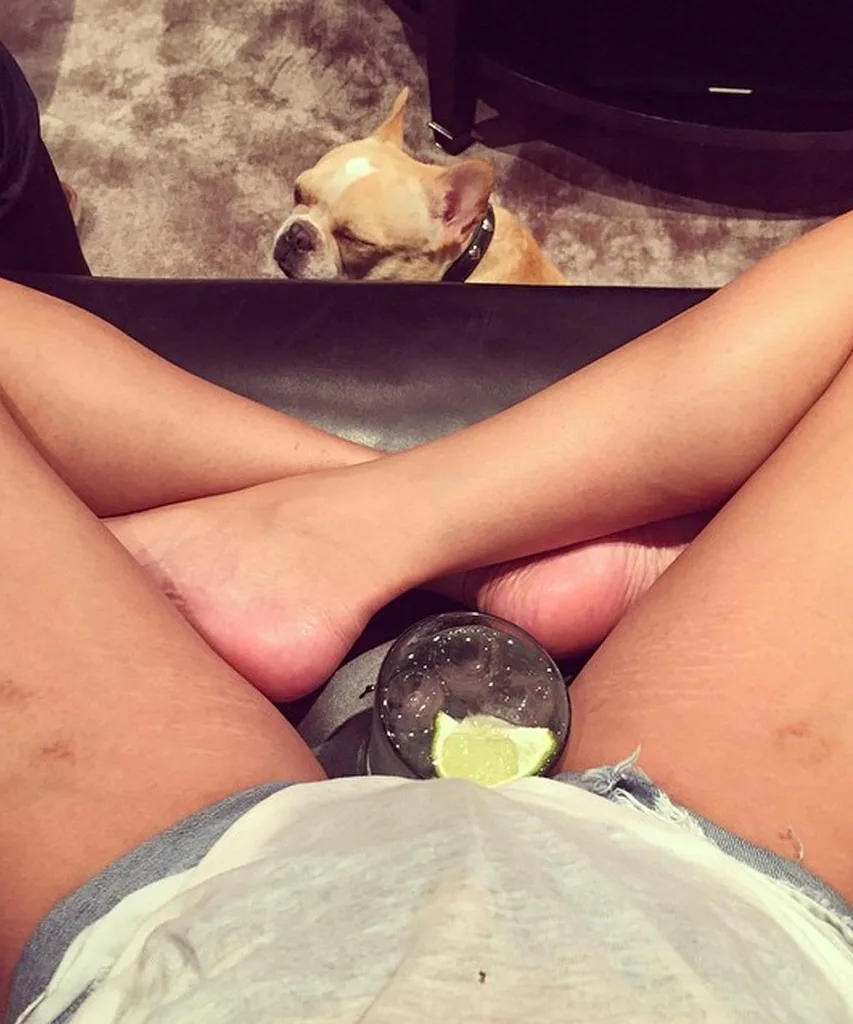Just about every woman has them, yet many of us don’t know why!
For this reason, we’ve taken the liberty of providing you with a comprehensive guide to all things striae (that’s the medical term for stretch marks).
From what they are, why they occur and how you can treat them, everything you need to know is below.
What are stretch marks?
Stretch marks or striae are narrow, parallel lines that, depending on your skin colour, can appear a different colour to the normal, surrounding tone.
40-90% percent of all women will experience stretch marks. They can appear anywhere, but the most commonly affected areas include the hips, breasts, stomach, thighs and upper arms.
In their early stages, the lines appear raised with a pink, red or purple tinge. The dis-colouration will however fade over time to a scar-like pale white.
Though they are not medically dangerous, stretch marks are a common aesthetic concern among both women and men.

“Stretchies say hi!” Earlier this year, Chrissy Teigen proudly showed off her stretch marks on Instagram.
Why do they occur?
Linear scarring is thought to occur when the collagen fibres in the skin’s dermal layer tear.
This commonly happens during a rapid period of growth – be that due to puberty, pregnancy or weight gain.
First signs of stretch marks include itching and a pink flush to the area, which develop in length and colour over time.
The marks can take years to fade, and may never truly disappear – but don’t let that get you down!
Watch women get real about their stretch marks in the video player below, then scroll down to find out how to treat them!
What can I do about them?
For one, you can own them! When you think about it, just about all of us are in the same boat so the more we embrace them, the more normal they become.
However if you find your stretch marks to be a source of concern or anxiety, there are a few medically-backed ways to reduce their appearance.
While we’re commonly told to turn to cocoa butter, several studies have found little or no significant evidence to suggest any truth to the treatment.

After giving birth, Reese Witherspoon mused, “I am covered in stretch marks and cellulite but it doesn’t bother me at all. My body will never be the same again but I really don’t care!”
Of course, you can look into laser treatments and microdermabrasion, but when it comes down to it, the best treatment is prevention.
There is evidence to suggest that massaging stretch mark-prone areas with moisturisers will prevent the development of new scars.
Vitamin C and Zinc has also been proven to create and strengthen collagen fibres, and Vitamin E has been linked to the reduction of their overall appearance.
The best thing to do is to maintain a consistently healthy weight when possible, and to learn to love them.
Because at the end of the day, we are all beautiful.
Just the way we are.


